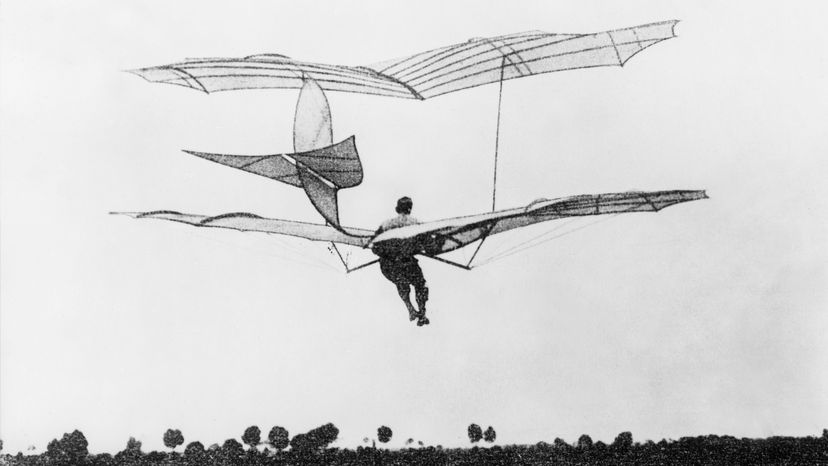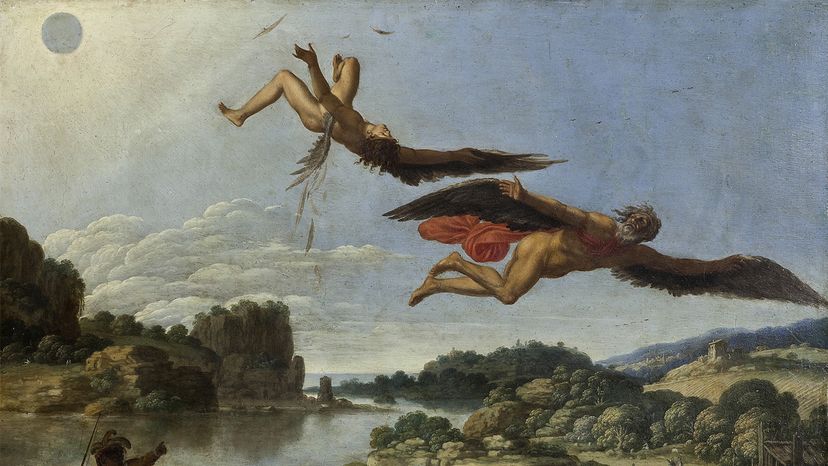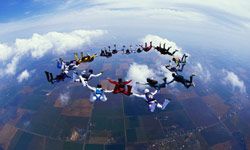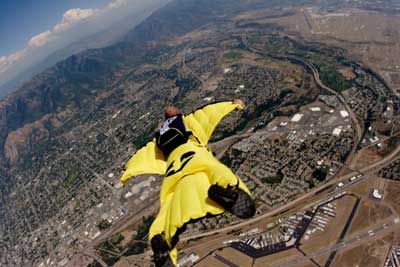
Today, the sight of condensation trails crisscrossing the sky or aircraft lights blinking against the stars are common occurrences. In fact, many parts of the world experience a near-constant ebb and flow of air traffic. This, however, is a recent phenomenon in human history. For thousands of years, only birds took wing and all man could do was stand stranded beneath the vaulted heavens -- dreaming of one day taking to the skies as well.
The major aviation victories of the last three centuries are well documented. Historians credit France's Montgolfier brothers with pioneering balloon flight in 1783, and Germany's Otto Lilienthal with the first successful glider flight in the 1890s. America's Wright brothers made the first successful flight in a small engine plane in 1903. While these accomplishments were certainly groundbreaking, they were far from man's first attempt to fly.
Advertisement
Pinpointing man's first attempt at flight is a difficult -- if not impossible -- task. For starters, what constitutes an attempt -- a caveman flapping his arms and chasing after a flock of geese? As ridiculous as this image may be, how else might early humans have attempted to mimic the flight mechanics of birds? They had no understanding of physics and had only their observations to go on. Even today, you can find young children carrying out this same experiment.
Man's dream of flight is so ancient that it permeates most myths and religions. Glance at any ancient civilization's art and you'll likely find images of winged humanoids. Archeologists have discovered such sights in prehistoric caves dating back 4,300 years [source: men taking to the skies on artificial wings trail back through much of recorded history.
So, what might have been man's first attempt to fly? Our understanding of the past is limited by the surviving artifacts and historical accounts, but a few accounts from history and legend stand out above the rest.
If you think Wile E. Coyote was the first to strap on a pair of wings and fall off a cliff, prepare to be disillusioned. Read the next page to learn how many thousands of years humans have spent plummeting from great heights with the hopes of taking flight.
Advertisement


